Cash from SQ. FT Gardening. Anyone read/done it?
darylw
16 years ago
Related Stories

LAUNDRY ROOMSThe Cure for Houzz Envy: Laundry Room Touches Anyone Can Do
Make fluffing and folding more enjoyable by borrowing these ideas from beautifully designed laundry rooms
Full Story
CLOSETSThe Cure for Houzz Envy: Closet Touches Anyone Can Do
These easy and inexpensive moves for more space and better organization are right in fashion
Full Story
KITCHEN DESIGNThe Cure for Houzz Envy: Kitchen Touches Anyone Can Do
Take your kitchen up a notch even if it will never reach top-of-the-line, with these cheap and easy decorating ideas
Full Story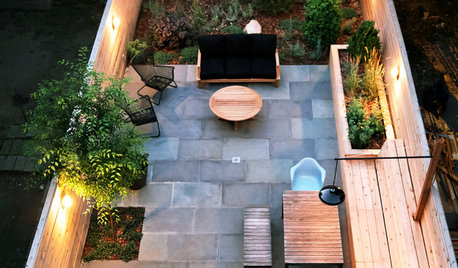
MOST POPULAR16 Ways to Get More From Your Small Backyard
Make a tight or awkward yard a real destination with these design tricks from the pros
Full Story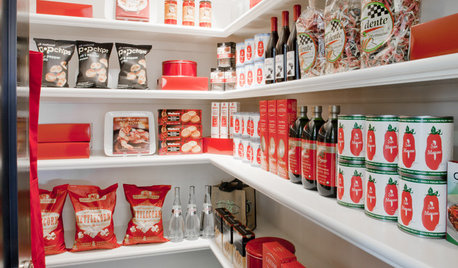
KITCHEN STORAGEGet It Done: How to Clean Out the Pantry
Crumbs, dust bunnies and old cocoa, beware — your pantry time is up
Full Story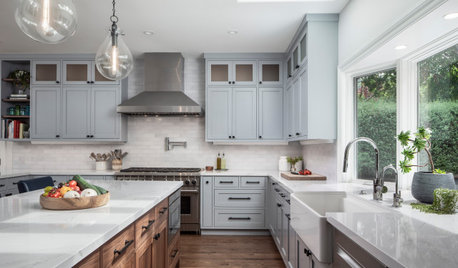
WORKING WITH PROSHow to Find Your Renovation Team
Take the first steps toward making your remodeling dreams a reality with this guide
Full Story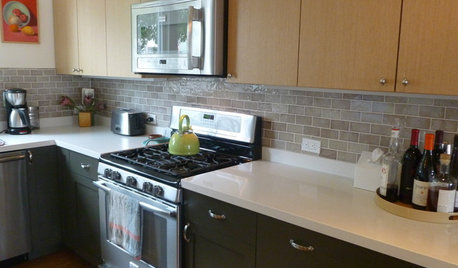
KITCHEN DESIGNPearls of Wisdom From a Real-Life Kitchen Remodel
What your best friend would tell you if you were embarking on a renovation and she'd been there, done that
Full Story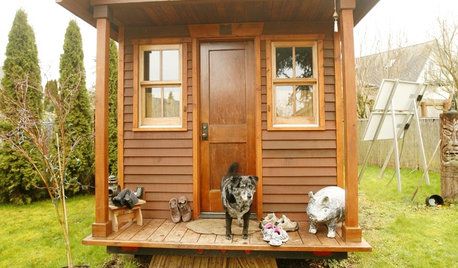
SMALL SPACESLife Lessons From 10 Years of Living in 84 Square Feet
Dee Williams was looking for a richer life. She found it by moving into a very tiny house
Full Story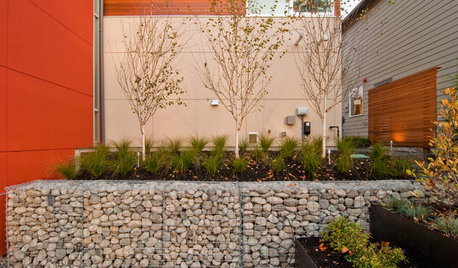
LANDSCAPE DESIGNGarden Walls: Gabion Evolves From Functional to Fabulous
The permeable rock-, concrete- or glass-filled steel cages are showing up as retaining walls, planters, benches and more
Full Story
MOST POPULAR15 Remodeling ‘Uh-Oh’ Moments to Learn From
The road to successful design is paved with disaster stories. What’s yours?
Full Story





darylwOriginal Author
onoffexitramp
Related Professionals
New Bedford Landscape Architects & Landscape Designers · Deer Park Landscape Architects & Landscape Designers · New Mexico Landscape Architects & Landscape Designers · Garden City Landscape Architects & Landscape Designers · Aurora Landscape Contractors · Hartford Landscape Contractors · Gallatin Landscape Contractors · Rockville Landscape Contractors · Salem Landscape Contractors · St. Louis Landscape Contractors · Vacaville Landscape Contractors · Waipahu Landscape Contractors · Downers Grove Fence Contractors · Eagle Mountain Fence Contractors · Safety Harbor Fence Contractorsalexjh
darylwOriginal Author
whynotmi
alexjh
darylwOriginal Author
sinfonian
amy_d-r
newgardenelf
darylwOriginal Author
engineeredgarden
darylwOriginal Author
anniesgranny
mike_in_paradise
anniesgranny
pulpo
darylwOriginal Author
pulpo
carolynp
mike_in_paradise
sinfonian
darylwOriginal Author
msava
wordwiz
darylwOriginal Author
greenhousekendra